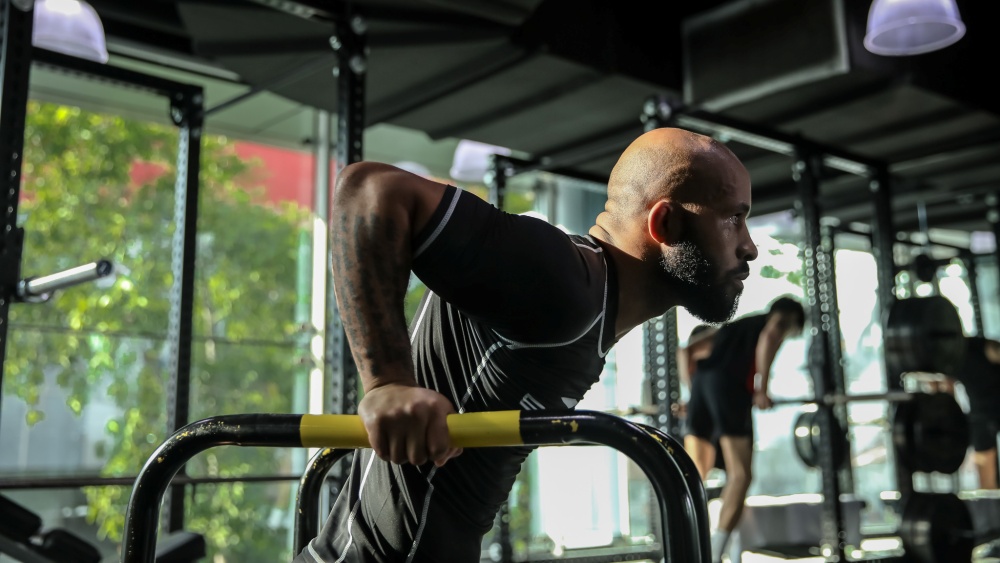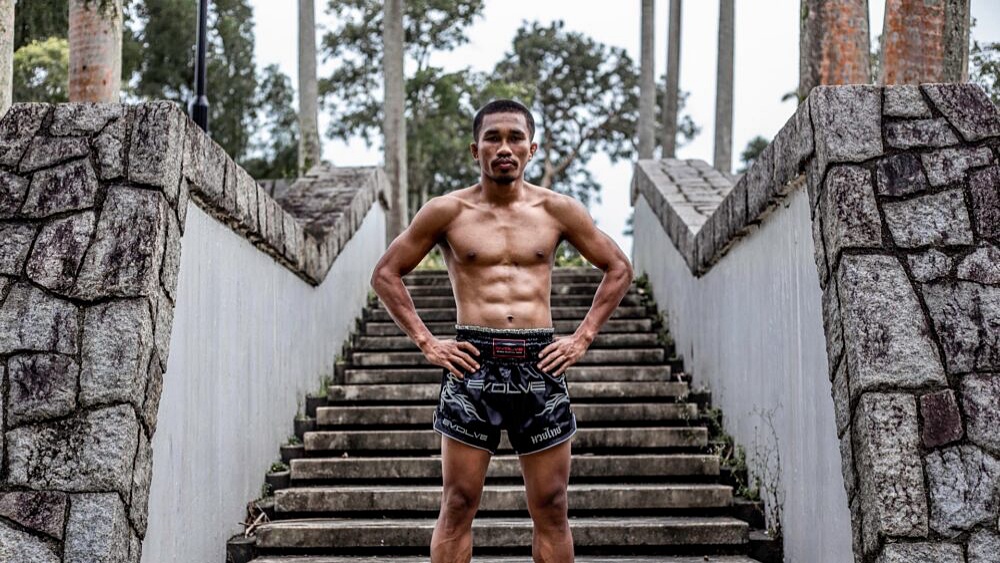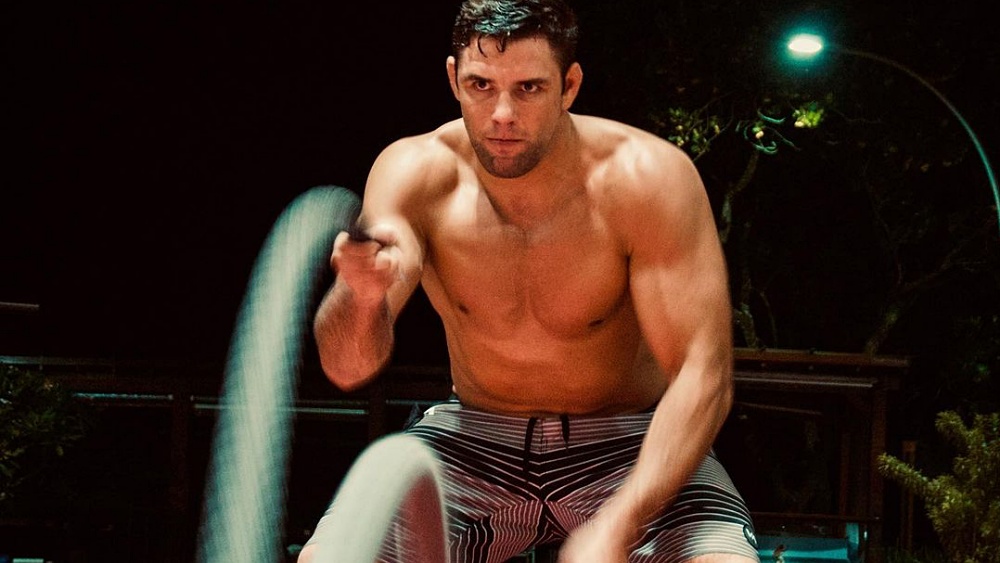The lower body plays a significant role in martial arts as it provides a strong and stable foundation to perform all types of movements. It helps martial artists to generate and transfer speed, strength and add more power to their techniques. In this article, we will talk about the best lower body workouts to make you a better martial artist.
Benefits Of Training The Lower Body
The lower body helps with the stability of the upper body, especially the core. Training the lower body will improve your balance and agility, which is essential as we require movements with our lower body both in grappling and striking martial arts from all positions, such as when kneeling, sitting, or standing.
Aside from the benefit in balance, agility, speed, strength, and power that comes from training the lower body, a strong lower body also prevents injuries and the chances of developing chronic conditions like arthritis, diabetes and heart disease. Doing resistance training for the lower body also increases bone density and promotes stronger tendons, ligaments, and joints.
8 Best Lower Body Workouts For Martial Artists
Working out the lower body is vital for martial art practitioners. Some exercises can be performed in a specific variation for martial arts, such as the v-stance squat, which mimics the combat base in BJJ and the act of shooting for a takedown. Below are the best lower body workouts that all martial artists can benefit from and should incorporate into their program.
1) Squat
The squat is the symbol of lower body workouts. It’s hard to imagine working the lower body without the squat. It mainly targets the quads, hamstrings, and the core as the stabilizer throughout the movement.
The squat is no doubt an essential exercise for practitioners of any art as it helps with injury prevention by significantly strengthening the legs. Several types of squats can be performed, such as the back squat, the front squat, which is quad dominant and is excellent for grappling martial arts that require explosive movements, and the pistol squat, which is a great variation to determine muscle imbalances in the legs and to practice mobility and balance.
2) Hip Thrust
The hip thrust is an exercise that focuses on the power that comes from the hips and the glutes. It is similar to the bridging motion that wrestlers and grapplers perform to prevent the opponents from pinning them. If you are a grappler, it is important to add hip thrusts into your program. Likewise, as a striker, performing hip thrusts will help you improve the power in your punches and kicks.
3) Lunge
The lunge is a great exercise that works the legs. The lunge can be performed in different ways like the side, walking, reverse, and stationary lunge, the most common way. It can be performed with your body weight or any type of free weight.
Lunges help with the explosiveness and the driving power that comes from the lower body. This, of course, considerably benefits grapplers. The lunge strengthens the quads, hamstrings, and glutes. It is necessary to perform this exercise properly to prevent discomfort in the knee area.
4) Running
Running is one of the oldest exercises martial artists engage in to build the muscular endurance of their legs and cardiovascular system. Running works the calves, quads, glutes, hamstrings, and core.
Running conditions the legs and cardiovascular endurance and is very beneficial for all types of martial arts. Although running is one of the most common lower body exercises, it is still considered a fundamental exercise for all athletes.
5) Deadlifts
The deadlift is now one of the most common exercises that can be found in the strength and conditioning program of athletes. The deadlift is proven to increase the overall strength while working all the muscles in the whole body.
The deadlift is a versatile exercise that can be done with different variations such as the sumo, conventional, Romanian, deficit, and trap bar. Each deadlift variation can be tailored to different athletic goals. The trap bar deadlift is the most advisable type of deadlift for beginners as it requires less technicality compared to the conventional and sumo deadlift.
For beginners, it is advisable to practice proper form before going for a heavy load as there is a great chance of hurting your back when not done correctly.
6) Box Jumps
The box jump is a plyometric exercise that works well with the explosiveness that comes from the lower body. Box jumps target the quads, glutes, and calves while building muscle power. This exercise translates well to martial arts that require speed and power like boxing, muay thai, wrestling, and judo.
7) Jump Rope
The jump rope is a classic exercise martial artists use before or after every training session to improve cardiovascular fitness. As with running, jumping rope works the muscle endurance of the same muscles in the lower body. Martial artists of different disciplines, particularly boxers, jump rope to condition their lower body muscular endurance and cardio.
8) Good Morning
The good morning exercise works the muscles in the posterior chain, including the hamstrings, glutes, and lower back. This exercise increases both the leg and back strength, where martial artists can greatly benefit from. It also improves posture, which is ideal for judo athletes as they remain upright during their bouts.
Final Thoughts
It is important to keep your goals in mind when training the lower body. Doing this will help you develop your workout routine accordingly as there will be important things to consider, such as the variation, intensity, and volume of the exercises. When working for strength, for instance, it is essential to work on heavier loads with less volume. Endurance training, on the other hand, will require more volume with less load. Lastly, training for power requires explosive movements to reap the most benefits.
You may also like:
Balance Training: Improve Your Balance And Base With These Exercises

















